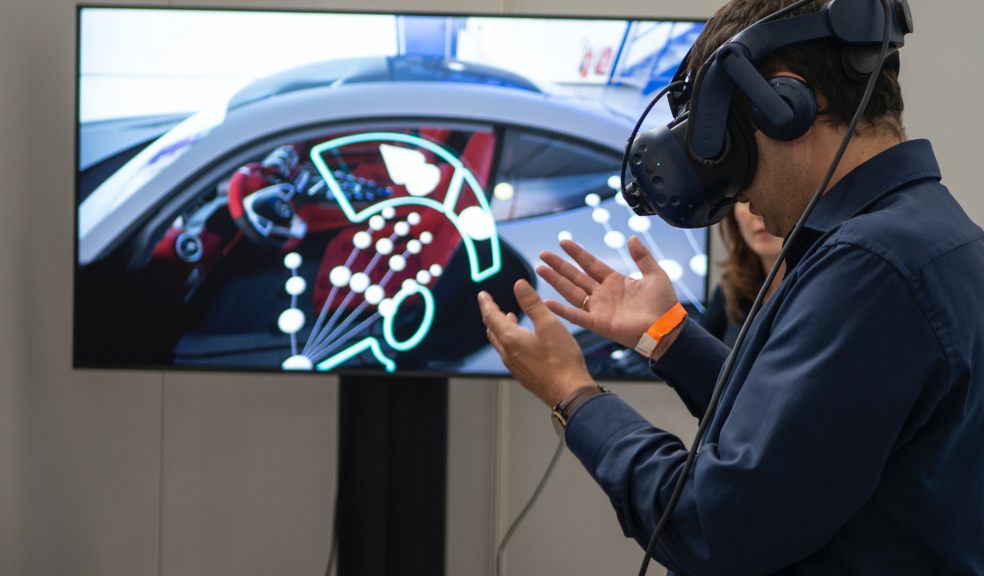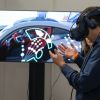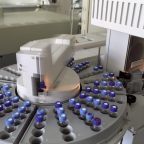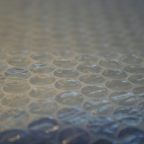
What is VR in manufacturing?
Advances in computing have made the creation of virtual worlds much more accessible to a wide range of industries. Today, industries such as oil and gas, refining, power generation, which need to preserve and standardize the knowledge and experience of their personnel, have turned to VR and AR technologies for training in working with critical or hazardous systems. Every year there will be more and more advances in this area, so it is helpful to know how direction the development of technology is moving.
How VR can be used in manufacturing
One of the main objectives of simulation-based training is to reduce the time required to acquire competence, transfer high-level skills and knowledge, and situational awareness to each employee with maximum efficiency. Immersive learning systems using VR technology put employees at the heart of the action to get the proper hands-on equipment management and maintenance. With these technologies, students get a higher chance of assimilating and applying the information to natural objects. Pioneers in VR learning applications are using these technologies across a wide range of applications and industries.
The technology is highly scalable and provides benefits for anything from a single piece of equipment to an entire plant, especially using highly realistic 3D process simulations. In addition, the same 3D models can be used in different scenarios, depending on the specific requirements of the training department.
Benefits of using VR in industry
- Training. VR-based apps enable businesses to train their employees at a lower cost and reduce risk. For example, Japan Airlines was one of the pioneering companies that used the HoloLens headset to train pilots and engine mechanics in a virtual cockpit. At the same time, mechanics can learn and train as if they were working on a physical model of an engine or cockpit.
- Professional development of employees.
- A beginner does not need to be allowed to expensive equipment. They will not break anything or get injured.
- You can simulate a dangerous situation as accurately as possible, for example, a fire.
- The student can visually see the equipment from the inside, and understand the principle of its operation.
- When learning, motor memory is involved - the student remembers the movements necessary for work.
- Remote control. Some of today's AR / VR apps also offer the ability to collaborate, mentor colleagues remotely, and troubleshoot emerging issues. These remote services and collaboration applications are widely used in the aerospace, manufacturing, and oil and gas sectors. They reduce the time it takes to access and validate data, which improves productivity and accuracy.
Companies that provide VR service in the production
One of the companies that actively develops tools for VR / AR solutions is Sensorama Lab. Sensorama engineers and developers are constantly working to modernise existing and develop new, innovative solutions for different industry sectors.
Our cross-platform solutions make collaboration between humans and machines less costly and more productive. As a result, Sensorama virtual reality production simulation becomes a necessary tool for cost-effective planning and profitability forecasts.
Solutions implemented by Sensorama Lab:
- Creation of a virtual environment for training employees;
- Simulation of various scenarios of equipment operation;
- Forecasting;
- Creation of a digital model of any object or equipment;
- Creation of a digital twin. Our solutions allow making an exact copy of almost any structural element. The customer can compare the part with the 3d model and see that they 100% match;
- Development of individual solutions depending on your tasks and needs.
The bottom line
AR/VR technology is already actively used in the most complex processes of the largest industrial companies, simplifying tasks that require a person with verified accuracy, attentiveness, and a lot of time.
If you would like to receive a detailed consultation on the implementation of VR technology in your manufacturing environment, please drop us a line.














